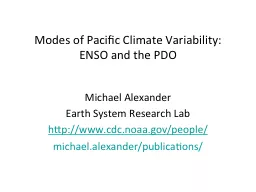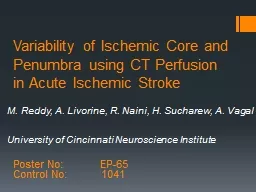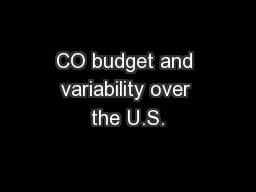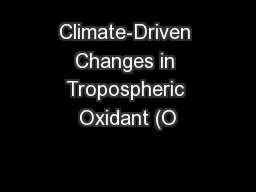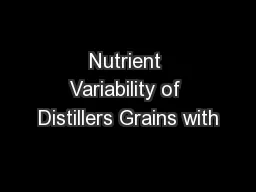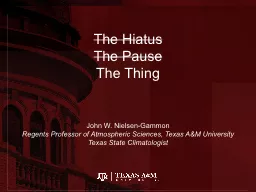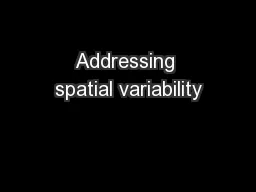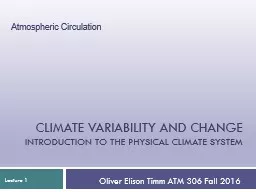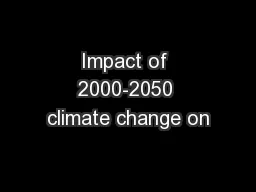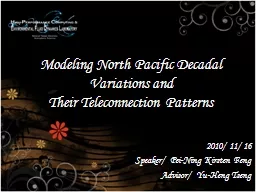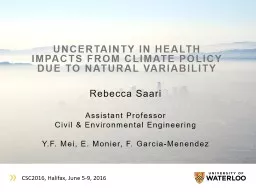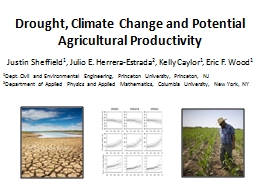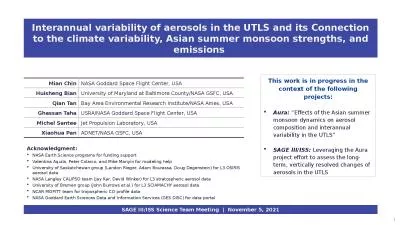PPT-Modes of Pacific Climate Variability:
Author : luanne-stotts | Published Date : 2016-07-31
ENSO and the PDO Michael Alexander Earth System Research Lab httpwwwcdcnoaagovpeople michaelalexander publications Data Coverage from Ships of Opportunity of months
Presentation Embed Code
Download Presentation
Download Presentation The PPT/PDF document "Modes of Pacific Climate Variability:" is the property of its rightful owner. Permission is granted to download and print the materials on this website for personal, non-commercial use only, and to display it on your personal computer provided you do not modify the materials and that you retain all copyright notices contained in the materials. By downloading content from our website, you accept the terms of this agreement.
Modes of Pacific Climate Variability:: Transcript
Download Rules Of Document
"Modes of Pacific Climate Variability:"The content belongs to its owner. You may download and print it for personal use, without modification, and keep all copyright notices. By downloading, you agree to these terms.
Related Documents

